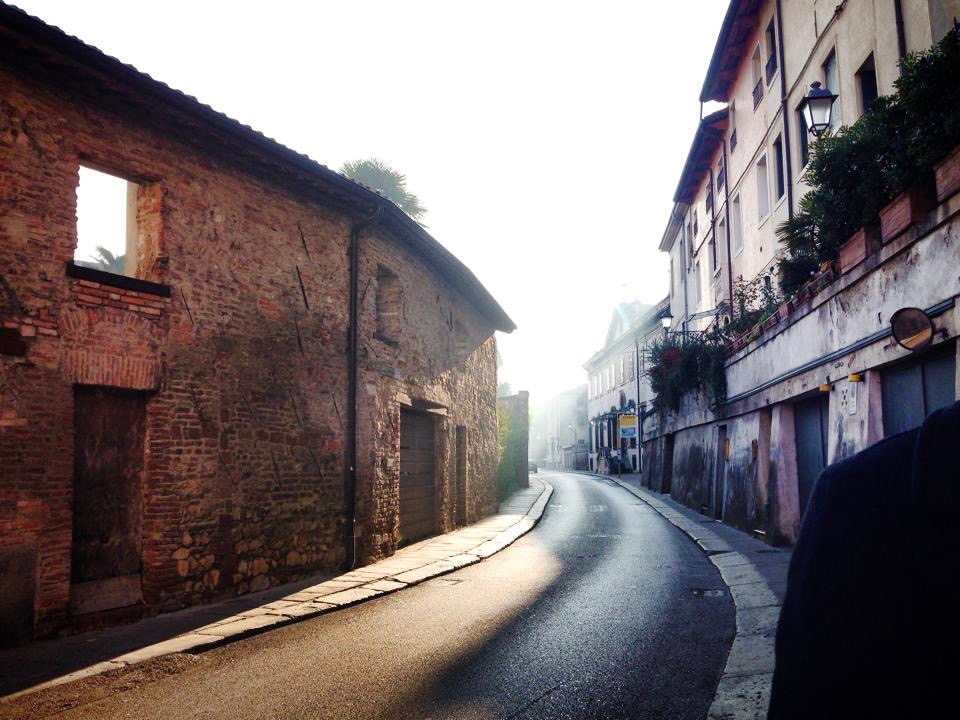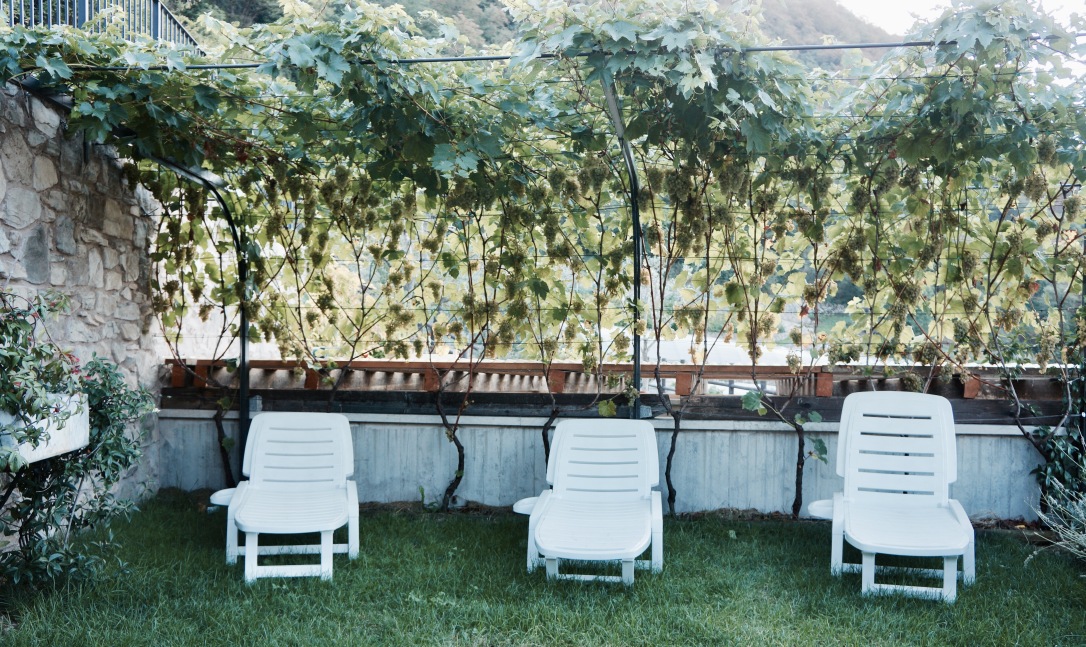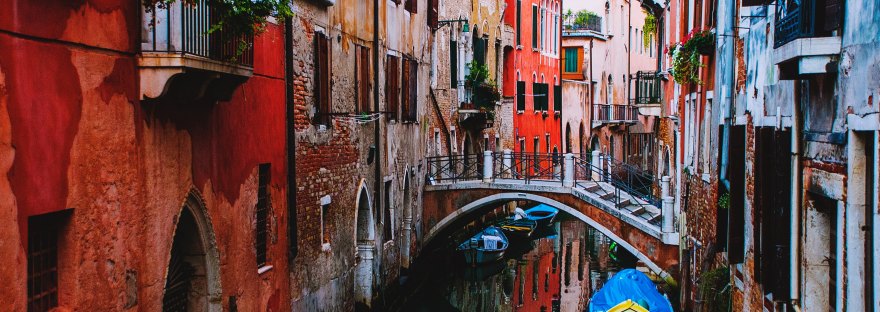I’ve always been a minimalist per se. I’ve enjoyed scaling down to exactly what I need to make my life calmer and more aesthetically pleasing. Then we lived in Vicenza for three years and even had a baby there! Living in Italy was a perfect chance to observe how the quintessential Europeans live versus consumerist Americans. Here are some of my thoughts:
1. Europeans don’t know they are minimalists.
Europeans don’t really know that they are, what American’s consider, minimalist. They have lived this way their entire lives, making it much easier to continue on the same path of simplicity. Even the gear happy, Germans don’t purchase half the amount of stuff that we, middle-class, Americans do. Their homes are simple and they buy the highest quality items of what they use every day.
They also don’t have a problem living in close proximity to each other. Even single family homes are much closer together than our ever-sprawling lawns that separate homes in the American suburbs. In Italy, we lived in a townhouse and almost everyone I knew also lived in a townhome, apartment or home that was less than 20 feet from the home next to it.
Household items are also limited, compared to American standards. Good friends of ours, in Germany, have a very fancy espresso/coffee maker. I know this to be a prized possession because it is literally the only thing on their kitchen counter – except for fresh fruit. It is used every day to make high-quality coffee at home, arguably better than any Starbucks I’ve ever had.
There are NO closets!
You read that right…there. are. no. closets. The government actually supplied us with wardrobes when we moved in. Think IKEA wardrobes that you build yourself. If you need a way to downsize your clothes, this will do it. We also each had a dresser but it was still very limiting and I learned to dress with less pretty quickly.

2. There are fewer advertisements and options.
Billboards stamped over every last square inch of the highway just isn’t seen in Italy, or Germany or Europe for that matter. There are small ads here and there, but the majority of them I saw in cities. However, even the cities have about half as many adverts as we have in the U.S. I’m not sure if there are laws about billboards (like in Vermont) or if it’s just not culturally acceptable to have flashing lights in your face, everywhere you turn? I’d prefer if it was the latter.
Options are far, far less! There are a limited amount of stores that are selling what you want. In Italy, the largest number of stores I saw were bicycle shops, I kid you not. There are about two-three bicycle shops for every small town. Suffice it to say, Italians are big into biking, as are most Euro countries. But options are limited, only two types of children’s fever medications at the pharmacy, only seasonal fruits and veggies in the markets, and only two stores that carried clothing I would actually wear (although that may have been a personal problem).
Lake Garda, 2014

3. Everything is not open, all the time.
The most difficult adjustment to shopping habits: stores not being open all of the time. Most stores are closed on Sundays in Italy and this includes many stores in the mall. Malls are not everywhere in Italy and you usually have to drive a good distance to find one, when you do finally arrive, you learn that they are closed on Sundays. It brings a whole new meaning to the Sabbath if you know what I mean. When you are forced into a day of rest you take it.
Photo by Narumi Nuber

4. Their culture is not built on speed (except the Autostrada!)
There is a well-known fact about Italians if you live in Italy; Italians do nothing fast except drive. They do just about everything slow, it took me over a month to order a baby bike seat from one of the many bike shops in my town (this was a normal time frame apparently). Furthermore, it can take over 30 minutes from the time you order your meal until you actually start eating – they are probably cooking it from scratch so it’s usually worth the wait and you can drink plenty of wine during this time.
Italians are built to be slow. They practice ‘reposo’ – afternoon time to relax or take a nap – the equivalent of siesta. Espresso, although sometimes drank quickly, is never taken ‘to-go’. I tried for months to figure out the word ‘to-go’, in Italian and it never seemed to work. I’m not sure if the Italians didn’t understand me or they just refused to allow me to take my coffee out the door. Even McDonald’s does not have to-go coffee cups in Italy, you can have your Big Mac in a bag to go but definitely not your cafe.
Agriturismo near Lake Garda: Please research agriturismos before visiting Italy, your trip won’t be complete without one.

Basically, Europeans are forced into a life of simplicity and slowness. Europe is not perfect, they have their own political issues and economic problems, but I don’t think most would argue that their lifestyle is better for the soul. Italians live some of the longest and healthiest lives on the planet (see Blue Zones and Mediterranean Diet) and other European countries live some of the happiest lives on the planet (see Denmark).
Maybe you’ll see another post on how to apply these principles while living in America – but I’ll have to figure that out for myself first!


Nicely written. Thank you. I look forward to other blogs.
LikeLiked by 1 person
Love this! we had a very similar experience in Scotland and it was so freeing! Thanks for sharing.
LikeLike
I also studied abroad in Scotland. Did you just love it there? Green, green everywhere!
LikeLike
We are moving to ROME soon, would love to chat more!
LikeLike
You can e-mail me at taraleap@gmail.com
LikeLike
Oh, I am so jealous! Rome is a great city, we loved it in Italy. On of the best countries to live in in my opinion.
LikeLike
I love this post. Makes me want to go to Italy more than I already had.
LikeLike
I could not agree more! We lived in Germany and things are much slower there and it seems that Germans and Italians have most if not all of the things you wrote about in common. haha And we miss Germany and France almost every day.
LikeLike